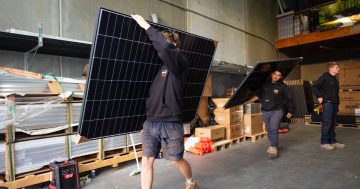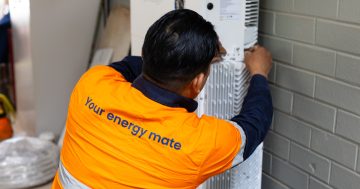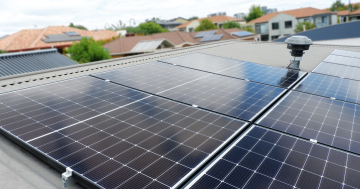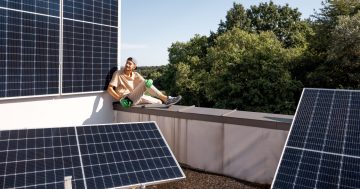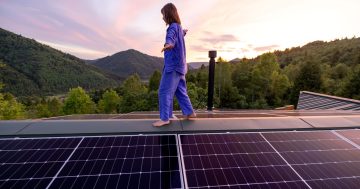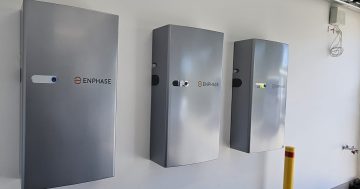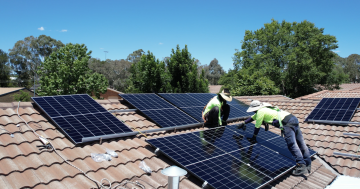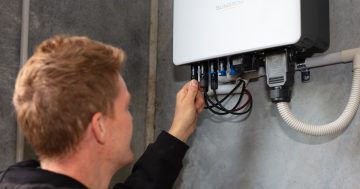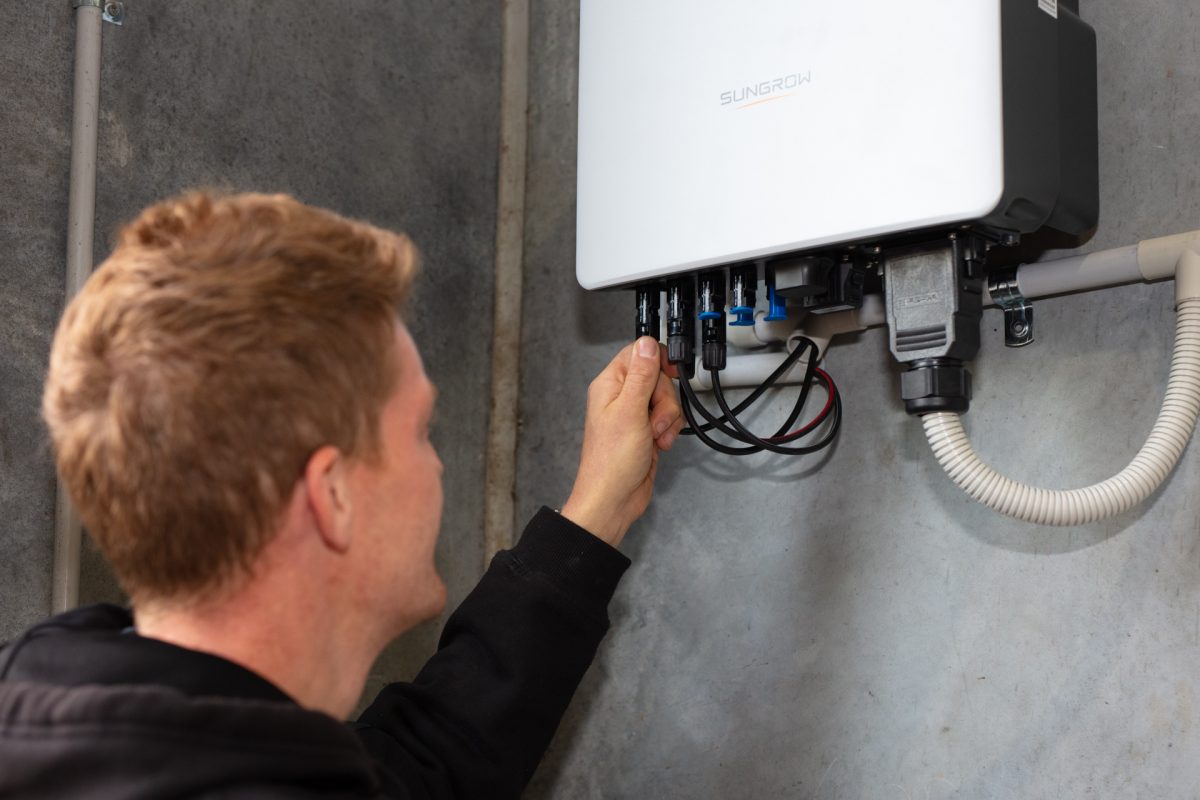
Getting a battery is a vital step in maximising your energy savings – but are you really cashing in? Photo: Thomas Lucraft.
Congratulations, you’ve installed one of the smartest upgrades available to your solar system – a battery. But if you’re treating it as a set-and-forget solution, experts say you’re leaving big savings on the table.
As a long-time solar energy expert, Huglo Solar director Tim Sturgiss gets a buzz from finding ways his clients can “gamify” their energy savings. He says it’s all about strategising how and when you use your power.
“Remember, during the day, your solar-generated power isn’t worth much to the grid. But if you wait until you get home in the afternoon to use it all up, you’re missing the moment when it’s essentially free,” he says.
Your battery is like a tank for a resource that fluctuates in value throughout the day. If the tank fills up early and pours all that lovely sunny energy into the grid for a song, you might as well pour money down the drain.
The trouble is most of our energy needs follow the status quo with peak times from 7 am to 9 am and 5 pm to 8 pm. They generate more solar than they can use during the day, then tap their batteries out at night, and are often forced to plug into the grid at peak times to cover their energy shortfall.
“One solution is a bigger battery, but not everyone can afford a 50 kw/h battery,” Tim says.
So how can you rig it so you – not the grid – are getting the benefits of your solar energy generation?
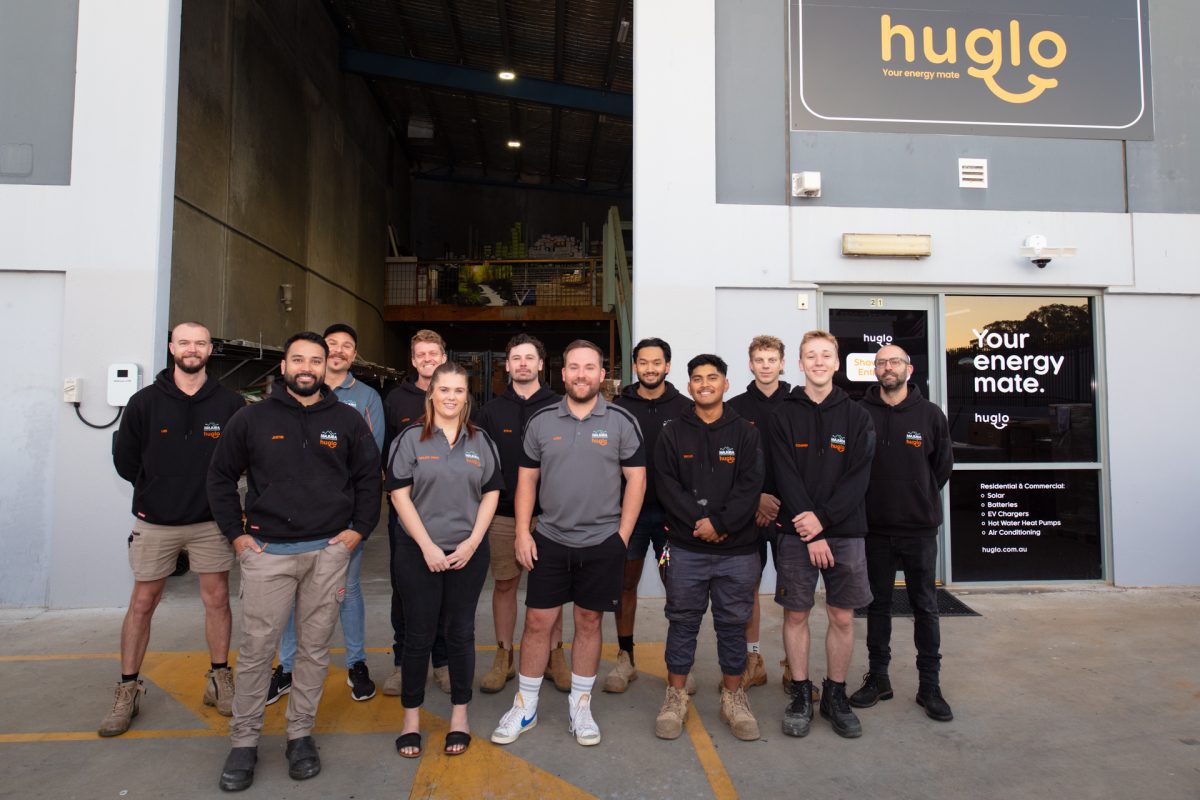
Tim Sturgiss (centre) with some of the Huglo team says even with a battery, try to do everything you can to ensure you’re using as much of that extra solar power you’re generating during the day. Photo: Thomas Lucraft.
Tim says a few tweaks to your habits can unlock serious long-term savings.
“With a timer, you can shift energy-hungry tasks like running the dishwasher, washing machine or pool pump to daylight hours – ideally between 10 am and 3 pm when your panels are working hardest,” he says.
“Following the same principle you can heat or cool your home before you arrive, so you’re not running the air conditioner during peak hours. Same for your water heater.
“Do everything you can to ensure you’re using as much of that extra solar power you’re generating during the day – you’re better off using it on your home and saving 25 cents later than selling it to the grid for five cents.”
It’s important to pair this strategy with a well-timed battery charge and discharge cycle.
This is especially obvious in winter, particularly if you have a big battery not reaching its capacity in the cooler months.
Tim advises rigging it to fill up with energy from the grid in off-peak time – say overnight – and switching to battery power during peak hours.
Equally important to when you use your battery energy, is how.
Tim points out that not all devices are suitable for battery power.
“Charging your electric vehicle is not an efficient use of battery energy,” he says. “There are a lot of conversion losses going from DC to AC. Your EV is one thing that’s best charged with power from the grid – off-peak, of course.”
He says even residents who have worked out ways to maximise their energy usage during off-peak hours can further optimise their efficiency by strategically choosing their electricity provider.
“You want the one with the best off-peak rates,” Tim says.
“The overall message is that getting a battery doesn’t magically fix everything. That’s why it helps to work with a solar and battery retailer who will look at it all – shifting loads, electricity suppliers, all the elements that work together to get you your money back on your investment.
“You don’t just want someone who will sell you a battery – you want the team who looks at that big picture.”
For more information visit Huglo.












